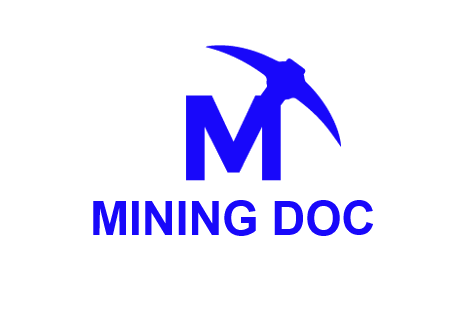The mining sector is booming due to the market and worldwide demand increase. The use of novel industrial processes and equipment, growth in trained personnel, and growth in managerial skills go hand in hand with the need to increase productivity mining areas. These improvements make the mining industry one of the world’s riskiest and most unstable (Nguembi et al., 2023).
Risk management aims to provide a controlled work environment to ensure the safe operation of the high-risk systems. It is a dynamic process which work in a continual state of change. The issue of human factor risk and rules and regulations in open pit mine is a main focus of this paper in order to develop predictive models of behavior of workers in relation to compliance with the procedures and rules (Kirin et al., 2021).
For mining operations to be successful and sustainable, risk management is essential. Numerous hazards affect the mining business, such as fluctuations in commodity prices, difficulties with regulations and the environment, interruptions in the supply chain, and a lack of skilled workers. By identifying, evaluating, and mitigating these possible risks, mining businesses may increase the overall efficacy and efficiency of their operations through good risk management.
Identifying and Assessing Risks
The first step in effective risk management is to conduct comprehensive risk assessments. This involves identifying potential risks, analyzing their likelihood and potential impact, and prioritizing them based on their significance. Risk assessment tools are used in the mining industry to help prevent major hazards such as fires, explosions, windblasts, outbursts, spontaneous combustion, and roof falls.
Developing Risk Mitigation Strategies
Once risks have been identified and assessed, mining companies need to develop strategies to mitigate them. This may involve implementing safety protocols, investing in new technologies, diversifying supply chains, or adapting to changing regulations. Effective risk management requires a proactive approach, with mining companies continuously monitoring and adapting their strategies to address evolving risks.
Ensuring Worker Safety
Worker safety is a paramount concern in the mining industry, which is often considered a high-risk activity. Risk management procedures, such as training programs, personal protective equipment, and emergency response plans, are essential for protecting workers and minimizing the risk of accidents and injuries. By prioritizing worker safety, mining companies can also improve productivity and reduce costs associated with worker compensation and lost time.
Maintaining Stakeholder Trust
Mining operations have a significant impact on local communities, the environment, and other stakeholders. Effective risk management helps mining companies maintain positive relationships with these stakeholders by demonstrating their commitment to responsible and sustainable practices. This, in turn, can help mining companies secure the necessary approvals and support for their operations.
Improving Financial Performance
Risk management can also have a direct impact on a mining company’s financial performance. By mitigating risks, mining companies can reduce the likelihood of costly accidents, legal disputes, or regulatory fines. Additionally, effective risk management can help mining companies secure better financing terms, as lenders and investors view well-managed companies as lower-risk investments.
Conclusion
In conclusion, risk management is a critical aspect of the mining industry, helping companies identify and mitigate potential risks, ensure worker safety, maintain stakeholder trust, and improve financial performance. By prioritizing risk management, mining companies can enhance their overall competitiveness and contribute to the long-term sustainability of the industry.
Sources
Kirin, S., Sedmak, A., Li, W., Brzaković, M., Miljanović, I., Petrović, A., & Sedmak, S. (2021). Human factor risk management procedures applied in the case of open pit mine. Engineering Failure Analysis, 126, 105456. https://doi.org/10.1016/j.engfailanal.2021.105456
Nguembi, I. P., Yang, L., & Appiah, V. S. (2023). Safety and risk management of Chinese enterprises in Gabon’s mining industry. Heliyon, 9(10), e20721. https://doi.org/10.1016/j.heliyon.2023.e20721





